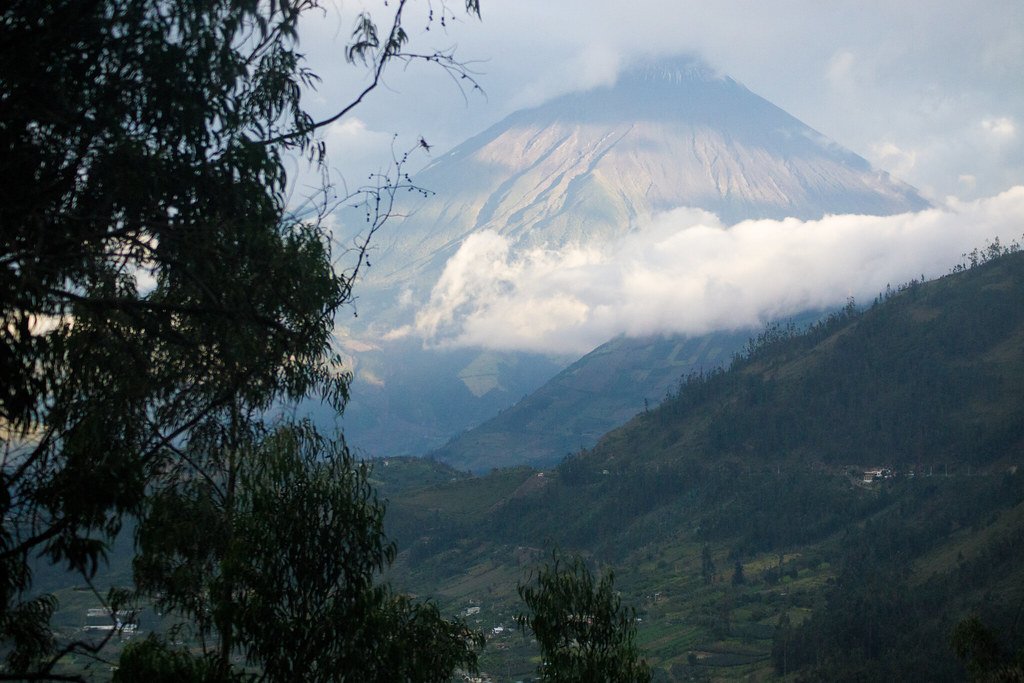Imagine standing on the shores of what would one day be Hobart, Tasmania. The air is thick, humid, and buzzing with unfamiliar sounds; enormous dragonflies dart overhead, and the ground beneath your feet is carpeted with lush, towering ferns. If you listen closely, you might hear the distant splash of a reptilian tail as a massive creature slips into a primeval river. It’s almost impossible to picture now, but 180 million years ago, Tasmania was a realm of giants—both plant and animal—a genuine Jurassic wonderland. Let’s journey back to a world lost in time and uncover the secrets that still echo beneath the soil of modern Hobart.
The Land Before Time: Tasmania’s Ancient Geography
Long before Australia as we know it came to be, Tasmania was part of the supercontinent Gondwana. This ancient landmass connected what we now call South America, Africa, Antarctica, and Australia, making Tasmania just a patch in a sprawling prehistoric quilt. The landscape was dramatically different—think steaming volcanoes, vast floodplains, and dense forests stretching for miles. Rivers snaked through fern-filled valleys, and the coastline was ever-shifting under the push and pull of tectonic forces. Even the mountains that now define Tasmania’s skyline were just beginning their long, slow rise. This primordial geography set the stage for an explosion of life both strange and spectacular.
A Climate of Extremes: From Sweltering Heat to Chilly Mists
If you think Hobart’s weather is unpredictable now, imagine the rollercoaster of the Jurassic period. Back then, the climate swung between tropical warmth and cool, misty spells. This unique mix of conditions allowed for an incredibly diverse array of plants and animals to flourish. Seasonal rains fed enormous rivers and bogs, creating perfect conditions for lush forests to thrive. The air was thick with moisture, and thunderstorms were frequent, fueling the rapid growth of vegetation. Fossilized tree rings and ancient pollen grains offer a window into this past, painting a picture of a wild, changeable climate that kept life on its toes.
Giant Ferns: Masters of the Prehistoric Forest
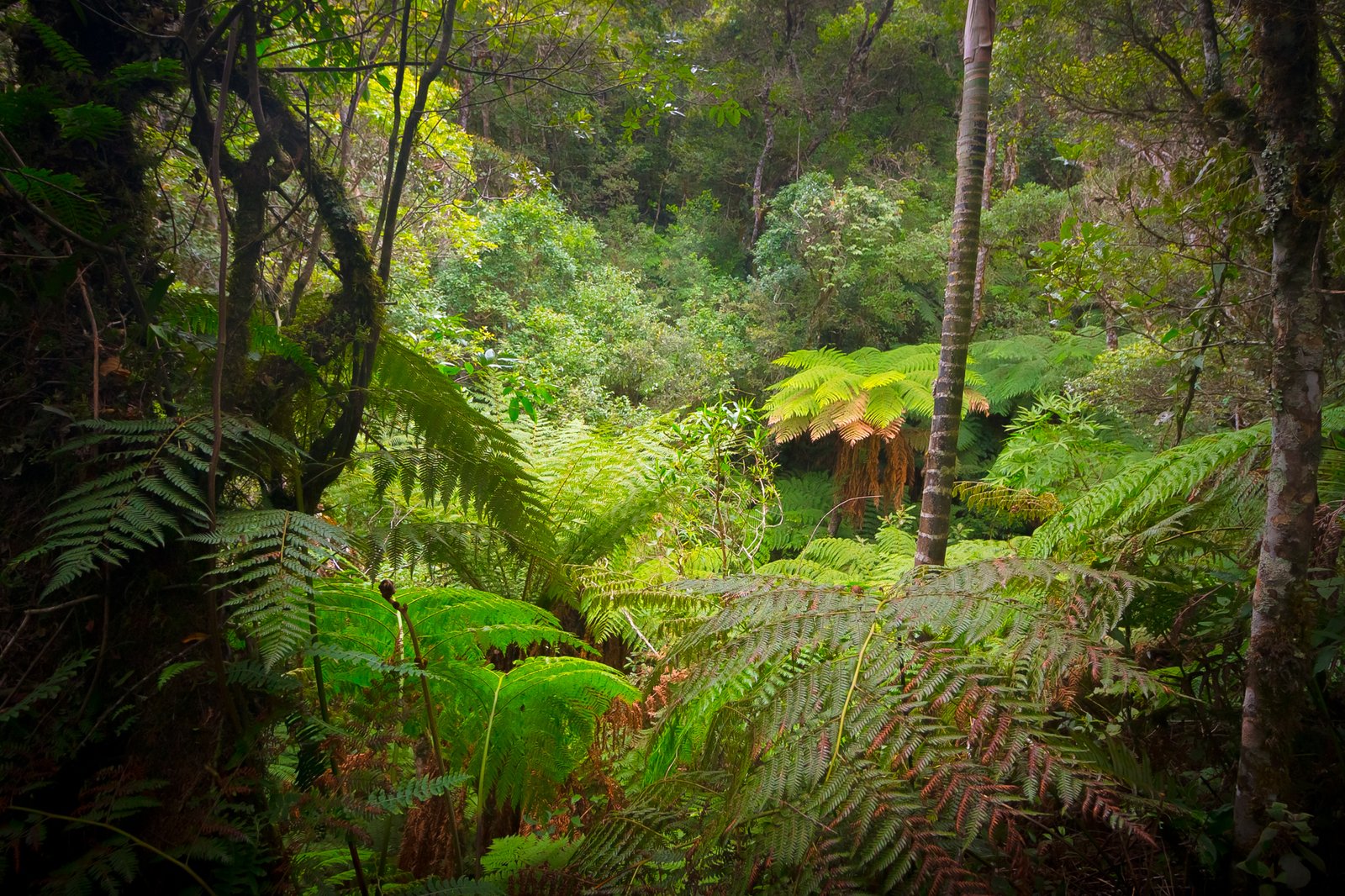
Nowhere was the Jurassic era’s green might more obvious than in the forests of giant ferns that dominated Tasmania. Some of these ferns, like the mighty Dicksonia, grew taller than two-story houses, their fronds arching overhead like leafy umbrellas. The ground was a soft, spongy mat of moss and decomposing leaves, perfect for new life to sprout. These ferns weren’t just scenery—they were the life support of the ecosystem, providing food, shelter, and even helping shape the soil. Walking through these ancient woods would have felt like stepping into a cathedral made of green.
The Rise of Conifers: Tasmania’s Jurassic Pines
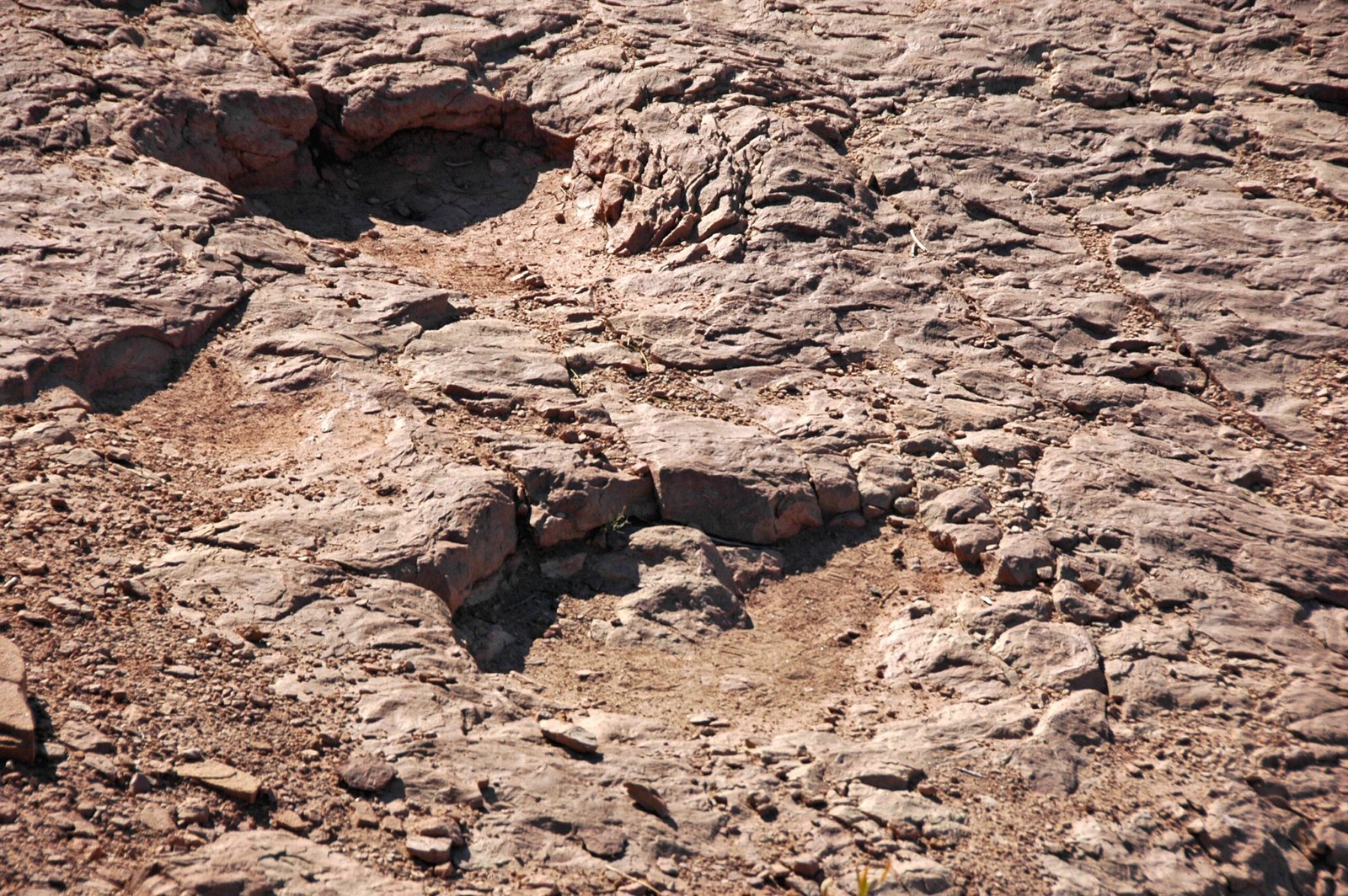
Alongside the ferns grew a different kind of plant: ancient relatives of today’s pines and redwoods. These Jurassic conifers, like the now-famous Huon pine, formed towering forests that soared above the undergrowth. Their needle-like leaves and thick bark helped them survive fires and droughts, while their cones provided food for hungry reptiles. Some of these trees have descendants still living in Tasmania’s remote valleys, silent witnesses to a world that has all but vanished. It’s a humbling reminder that some of Hobart’s oldest residents have roots stretching back to the age of dinosaurs.
Early Flowering Plants: The First Blooms of Tasmania

While ferns and conifers ruled the land, the first flowering plants were just beginning to make their mark. These ancient pioneers, called angiosperms, were small and unassuming at first but packed a powerful evolutionary punch. Their ability to attract pollinators with color and scent gave them a crucial edge in the prehistoric competition for survival. Fossilized pollen grains found near Hobart suggest that these early blooms were already experimenting with the art of seduction, luring in ancient insects and paving the way for the dazzling diversity of flowers we see today.
Reptilian Rulers: Tasmania’s Jurassic Giants
No story of Jurassic Tasmania would be complete without its spectacular reptiles. Massive, crocodile-like creatures called temnospondyls prowled the rivers, snapping at fish and smaller animals. On land, early relatives of dinosaurs left their mark with three-toed footprints pressed deep into ancient mud. Some of these reptiles grew larger than a pickup truck, their armored bodies and powerful jaws making them the unchallenged kings of their domain. The discovery of fossilized bones near Hobart has helped paleontologists piece together the incredible diversity of these prehistoric predators.
Marine Wonders: Life Beneath Tasmania’s Jurassic Seas
The waters surrounding ancient Tasmania teemed with life just as extraordinary as the creatures on land. Giant marine reptiles, like plesiosaurs and ichthyosaurs, glided through the coastal shallows, hunting fish and ammonites with lightning-fast strikes. Coral reefs flourished in the warm, sunlit waters, providing shelter for a dazzling array of invertebrates and early fish. Sometimes, storm-driven waves would toss the remains of these sea creatures onto the shore, where their bones would eventually become fossils—time capsules from a vanished ocean.
The Insect Explosion: Ancient Bugs Take Flight
If you don’t like bugs, the Jurassic wouldn’t have been your kind of place. Tasmania’s steamy forests were alive with the whir and buzz of ancient insects, from monster dragonflies with wingspans as wide as your forearm to beetles and cockroaches the size of your palm. These insects played a crucial role in pollinating early plants and providing a tasty snack for reptiles and amphibians. Amber fossils, capturing ancient insects mid-flight, have given scientists a rare peek into this vibrant, buzzing world.
Fossil Treasures: Secrets Locked in Stone
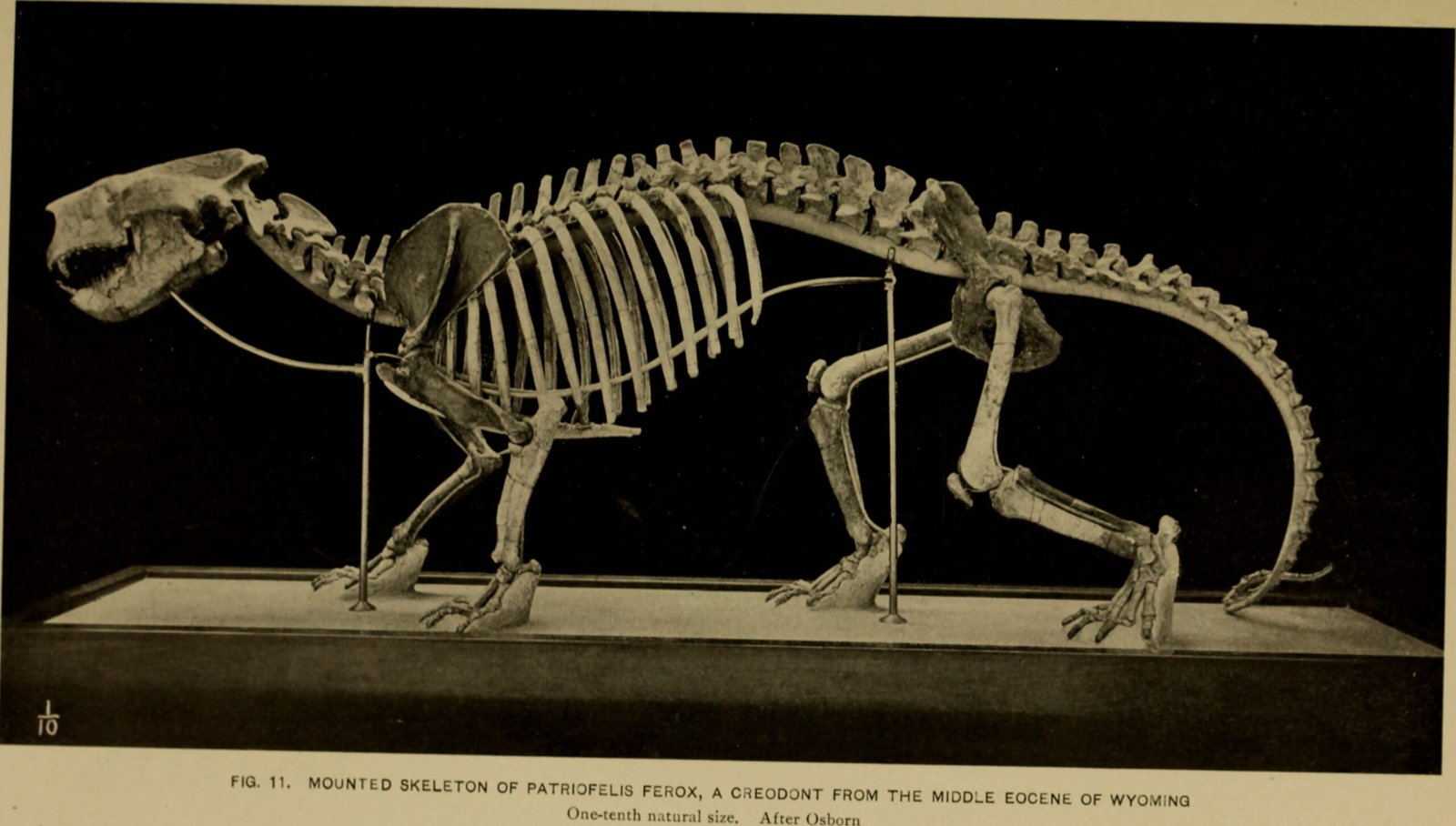
Over millions of years, the remains of Tasmania’s Jurassic animals and plants were buried and fossilized, forming a hidden archive beneath the ground. Today, lucky fossil hunters near Hobart might stumble across a fern imprint in shale or the tooth of a long-extinct reptile. Paleontologists carefully extract these fossils from rock, using them as clues to piece together the puzzle of Tasmania’s distant past. Every new discovery adds a brushstroke to the portrait of this ancient, forgotten world.
Volcanic Forces: Shaping the Jurassic Landscape
During the Jurassic, Tasmania’s landscape was far from peaceful. Volcanoes regularly erupted, spewing ash and lava across the land. These eruptions not only shaped the hills and valleys but also created fertile soils that fueled the explosive growth of ferns and forests. Sometimes, entire areas would be buried in ash, preserving plants and animals in remarkable detail. The scars of this volcanic activity can still be seen in the rocks around Hobart—silent witnesses to a fiery, unpredictable past.
Life After the Dinosaurs: Survival and Change
When the age of dinosaurs finally ended, Tasmania’s landscape didn’t freeze in time. The survivors—hardy plants and adaptable reptiles—evolved and diversified, shaping the island’s unique flora and fauna. Some of the ancient ferns and pines held on, their descendants still thriving in Tasmania’s temperate rainforests. Meanwhile, the reptiles gave way to marsupials and birds, marking the start of a new era. The echoes of the Jurassic linger, but life moved on, adapting to the ever-changing world.
Modern Echoes: Jurassic Relics in Today’s Hobart

Walk through Hobart’s Royal Tasmanian Botanical Gardens, and you’ll spot living fossils—plants whose ancestors once shaded giant reptiles. The Dicksonia antarctica tree fern, for example, has changed little since the Jurassic. Even the landscape itself, with its rugged hills and misty forests, whispers of a time when Tasmania was wild and untamed. These ancient survivors connect us to a world that, though gone, is never truly lost.
Scientific Sleuths: Paleontologists on the Hunt

Unearthing Tasmania’s Jurassic secrets requires the patience and curiosity of a detective. Paleontologists spend years scouring riverbeds, cliffs, and quarries near Hobart, searching for traces of ancient life. Each fossil discovery—a fern imprint, a reptile bone, a pollen grain—adds a new chapter to the story. Their work is a blend of science and adventure, often requiring creative thinking and a dash of luck. The thrill of finding something unseen for millions of years is what drives many scientists to brave the mud and rain.
Lessons from the Past: What Jurassic Tasmania Teaches Us

Studying Tasmania’s Jurassic past isn’t just about satisfying curiosity; it’s about understanding how life adapts to change. The rise and fall of giant ferns, the explosion of reptilian life, and the survival of ancient trees all tell us something about resilience and adaptation. As our own world faces rapid environmental shifts, these ancient stories offer valuable lessons in survival and transformation. The fossil record is a message in a bottle—a warning and a hope rolled into one.
Connecting to Gondwana: Tasmania’s Prehistoric Family
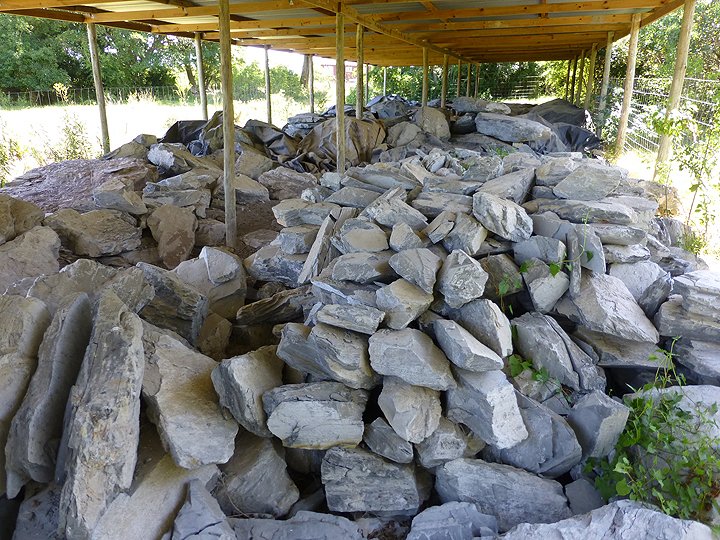
Tasmania’s Jurassic flora and fauna didn’t evolve in isolation. As part of Gondwana, the island shared species and ecosystems with what would become Antarctica, South America, and Africa. Fossils found in Tasmania often have twins halfway across the world, evidence of a time when the continents were united. This global connection is a reminder that the story of Hobart’s past is part of a much larger tapestry—a prehistoric network stretching across the planet.
Unlikely Survivors: Plants That Outlived the Dinosaurs
Some of the plants that flourished during Tasmania’s Jurassic heyday still cling to life today. The Wollemi pine and certain species of southern beech are living relics, having survived mass extinctions and dramatic climate shifts. These botanical survivors are time travelers, carrying the genetic memory of ancient forests. Their continued existence is a testament to nature’s stubbornness and ingenuity—a green thread connecting us to the age of reptiles.
Jurassic Tasmania in Popular Imagination
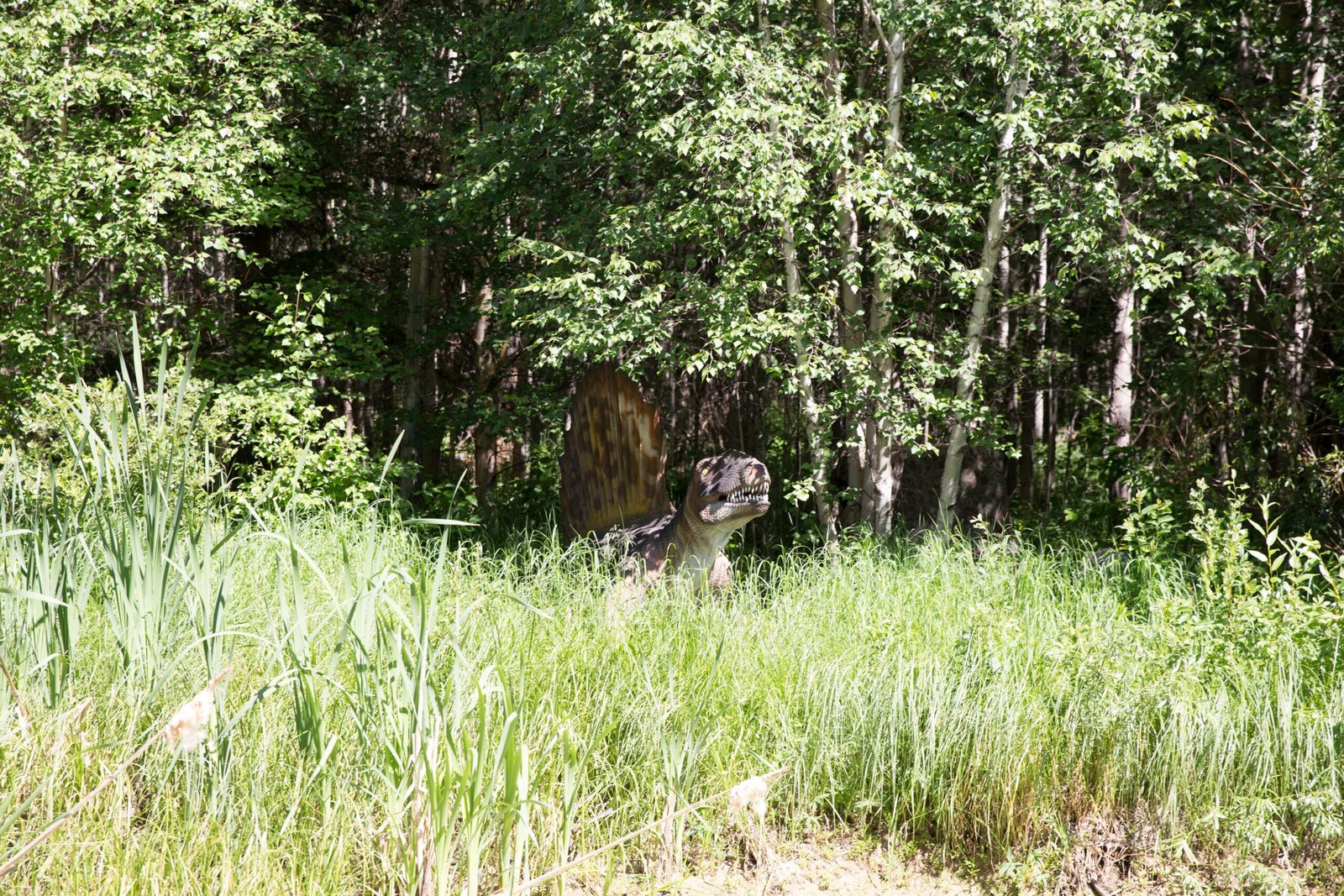
The idea of a dinosaur-infested Tasmania has inspired artists, writers, and filmmakers for generations. From children’s storybooks to sweeping documentaries, the lush, reptile-haunted forests of Jurassic Hobart have captured imaginations worldwide. Modern Tasmania’s misty mountains and dense woods still evoke a sense of ancient mystery, fueling dreams of lost worlds just beyond the next bend in the trail. Sometimes, all it takes is a walk through the ferns to feel that ancient magic.
Personal Encounters: Walking Among Ancient Giants
Even today, a stroll through Tasmania’s rainforests can feel like traveling back in time. The air is cool and damp, the light filtered through thick fern fronds that haven’t changed much in millions of years. It’s easy to imagine a giant reptile lurking just out of sight or to pause and listen for the calls of creatures long extinct. For many locals and visitors, these forests are a living bridge to the island’s lost Jurassic era—a place where the past breathes alongside the present.
Why Hobart’s Jurassic Heritage Matters Today
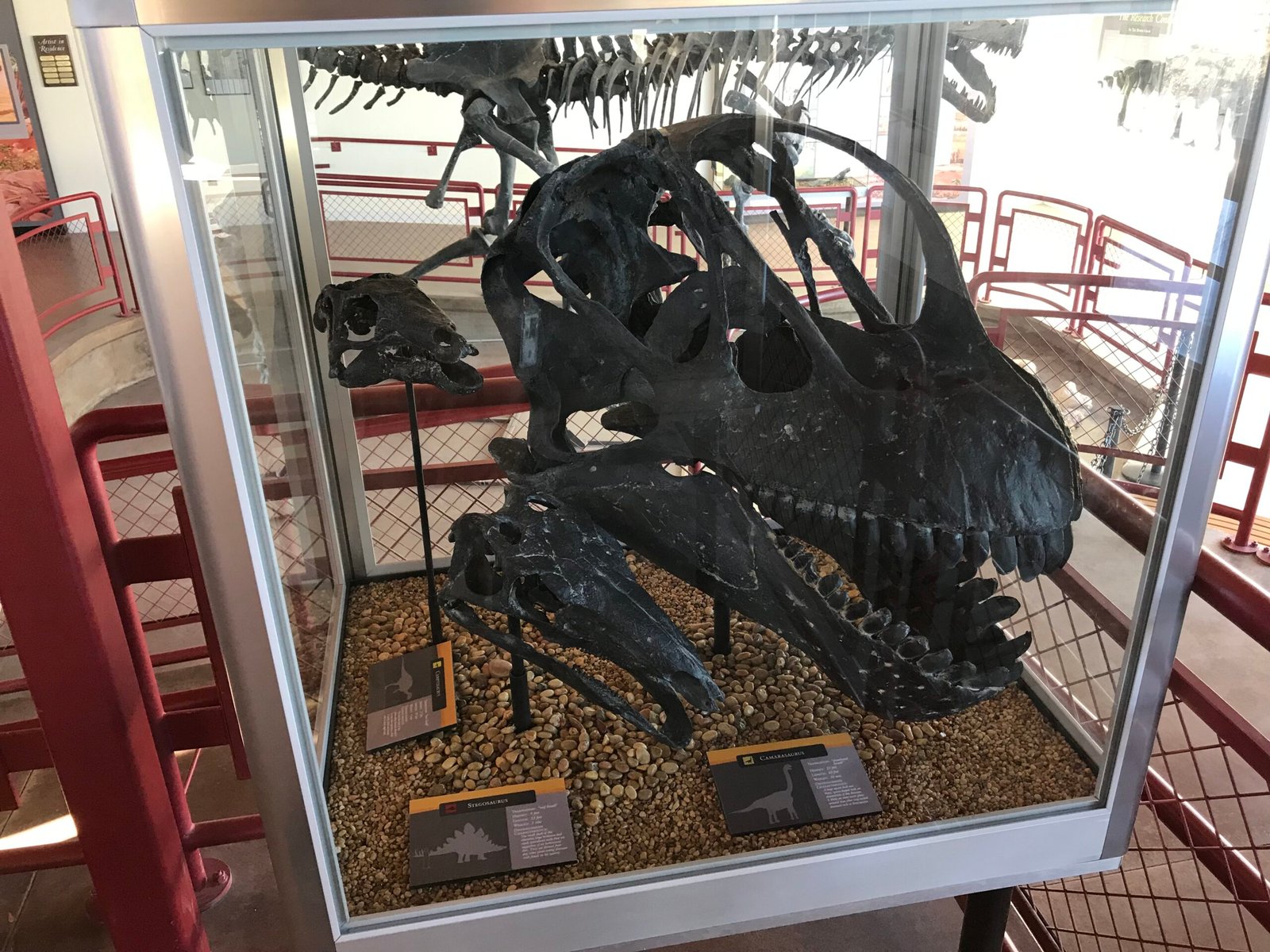
Preserving Tasmania’s ancient landscapes isn’t just about protecting plants and rocks; it’s about honoring a story millions of years in the making. The forests, fossils, and geological wonders around Hobart are irreplaceable links to our planet’s deep history. They inspire awe, curiosity, and a sense of responsibility that stretches far beyond Tasmania’s shores. By safeguarding these living and fossilized treasures, we keep the memory of the Jurassic alive for future generations to discover and cherish.
A Call from the Past: What Will We Do With This Knowledge?
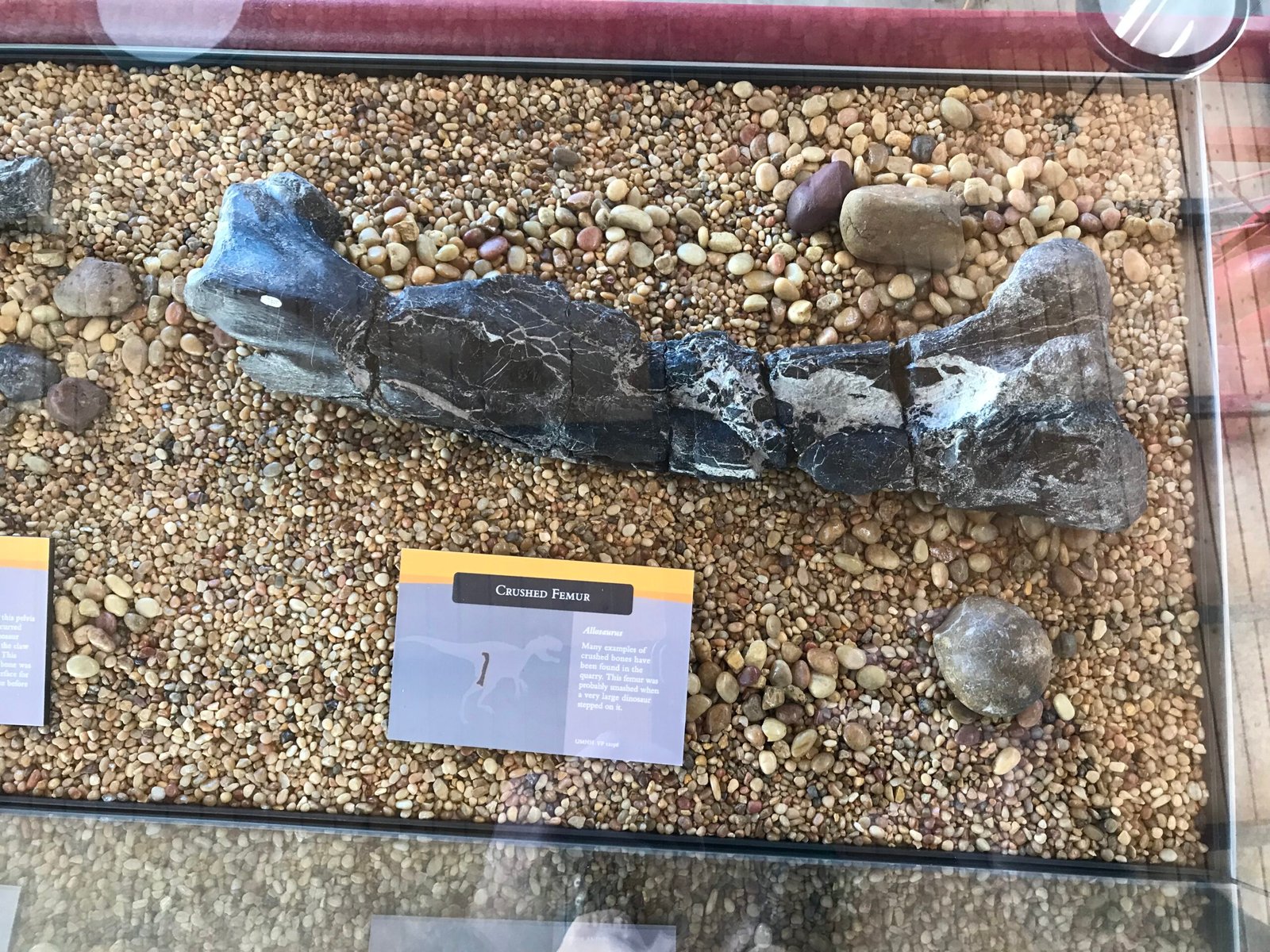
Tasmania’s Jurassic legacy is more than a collection of fossils or a chapter in a textbook—it’s a challenge to imagine, to learn, and to protect. As we walk among the descendants of giant ferns and ponder the bones of ancient reptiles, we’re reminded of life’s incredible journey through time. The question lingers: knowing what we now do about our planet’s deep history, how will we shape its future?


